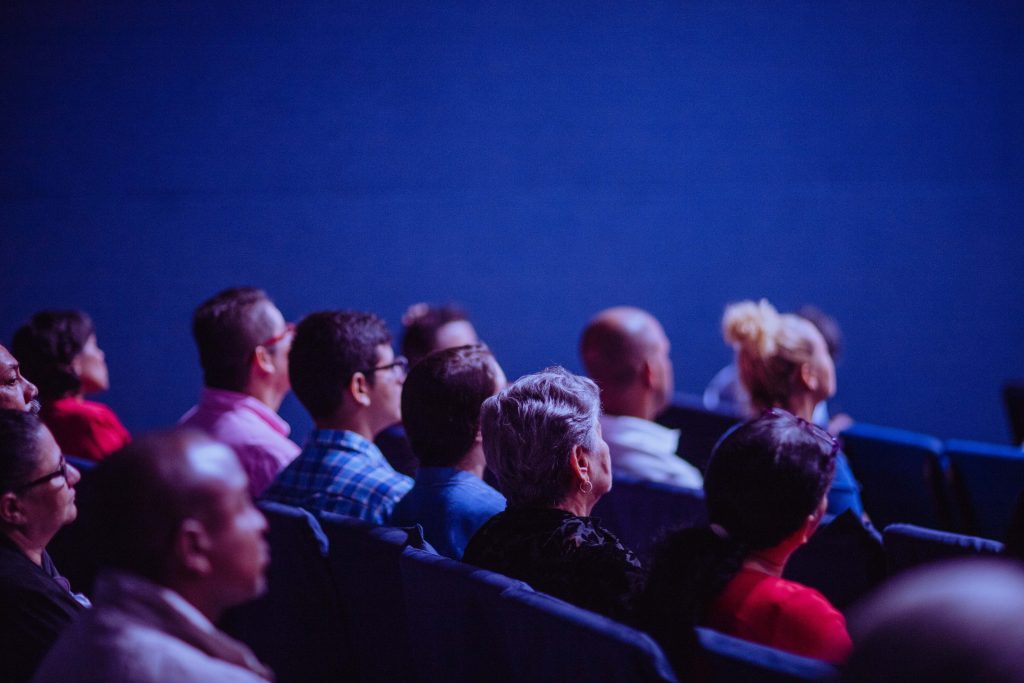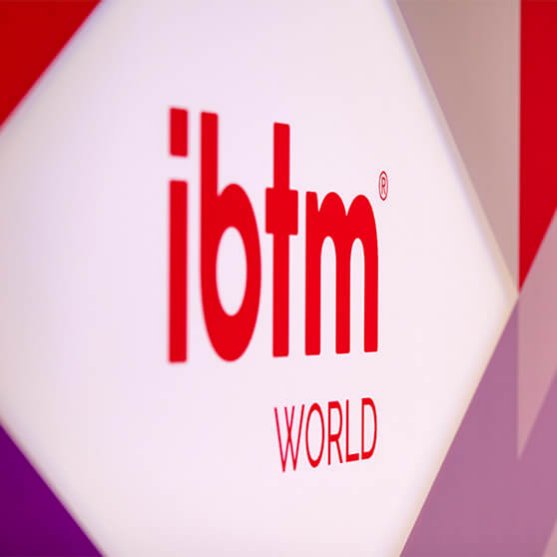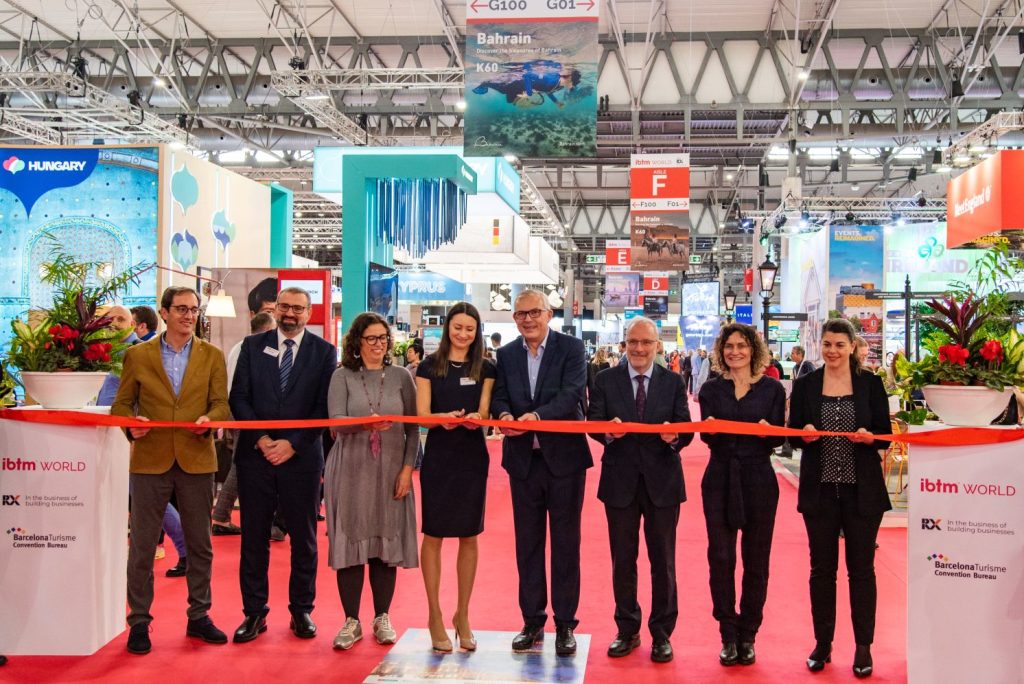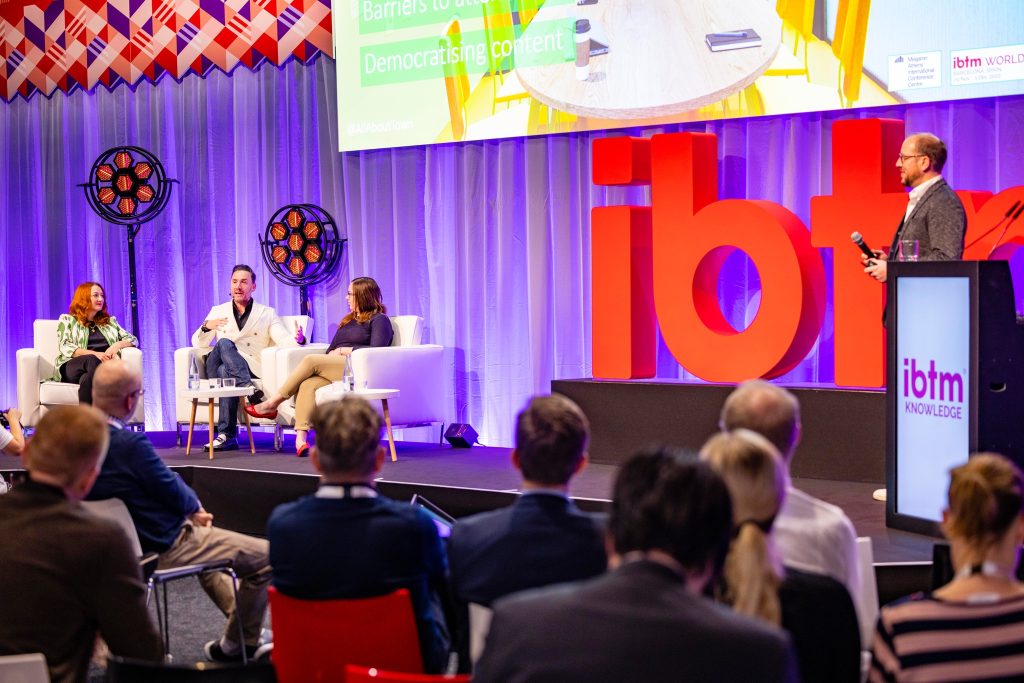Maximise your training

Share news
Listen
Todayás training meetings arenát the cut-and-dried functions of the past. Employees expect and want it from their employers. Organizations advocate training, believing they can reap many benefits, including revenues. Planners know they need to get training right as it affects an organizationás bottom line in a variety of ways, including employee retention and morale.
Problems with training
However, many training meetings are not aligned with business objectives. Employees are told they must attend programs that get pulled together quickly without much regard for organizational objectives.
Measurement is minimal, so there is little or no connection between training and performance. Training must take a concerted approach to designing programs that promote productivity, employee commitment and shareholder value-in other words, return on investment (ROI).
Connection between trainer and the audience
Mode of delivery in training sessions have changed. The more you involve all the senses, the more learning takes place. And while technology is helping to engage audience interest, donát let it to get in the way of learning.
The challenge for either a trainer or speaker involves tailoring deliveries to different learning styles and establishing the best fit. Connection must take place between the audience and the trainer/ facilitator. If that chemistry is there, then everything else falls into place.
Environment and Technique
Debates continue about the nature of desirable learning environments. Some say taking people out of their norm allow them to concentrate on the message. Another school says learning in the context of work at work-where the skill is needed-is most important.
Making content interesting is more important than ever as it affects specific organizational outcomes. People are time starved and critical about even attending, so content must serve the customer.
Also, there will never have a homogenous group. Some will be receptive to everything, others to hardly anything. A good trainer must be sensitive to the audience.
Evolution of E-learning
E-learning-a program that is in some way mediated by a computer-is one of the biggest changes in the training field.
Use of the Internet to deliver learning is replacing lots of face-to-face events and probably will replace even more in the future. People can be at their desks and use a system like WebEx, which allows for interaction across geographies and platforms.
E-learning brings up issues for planners that go beyond just the training. It impacts the design and the delivery of learning, who is involved in the process and which people make a decision to use it. Planners need to know how technology is being used and how they can leverage it in the meeting sphere.
Maintaining networking
An organization may set up an e-mail connection before the meeting and continue the connection afterward so people can keep in touch and ask questions. The thing that seems to be important is the ability to continue dialogue, so these little communities develop to keep things moving forward.
If training is intense with a variety of experiences, especially sensory, itás important to provide quiet time for reflection-time to think through application of the material. If itás a two-and-a-half-day retreat, build a lot of free time in-such as four hours between sessions thatás meant for personal reflection. This is when the individual may think about how principles apply in the real world. So they write, walk on the beach or sleep as a way to anchor the topic.
Group Size and Setting
Though research proves people learn best in a group setting, the size of a group can have an impact, depending on how material is presented. The setting can be a factor as well.
Longer programs may require 18 to 25 people. For a lot of interactivity and humor, itás sometimes hard to get a small group going. If you want a high-energy group, it usually takes at least 50 people to get the energy you desire.
Room size and layout is also important. Itás usually better to have 50 in a hotel room that seats 45 rather than a room that seats 150. If you want energy, donát stick 12 people in the corner of a ballroom.
The key is knowing what you want these people to learn or do at the end of a meeting. What are the results 90 days after the session? Build a meeting that accomplishes the objective.
Working together
Work closely with the person in your organization who owns the meeting to get really clear about desired outcomes.
Organization planners and trainers often donát work together on training because everyone is territorial. But training is more effective when departments get together.
Knowing Your Attendees
Training is most effective when you really know what attendees need and want. Needs assessment is critical to the training process. Donát make assumptions. The first step is a broad-based paper survey that gives you what you need to make a training plan.
Evaluation sessions that come at the end of the sessions is useful, but not as substantive as feedback done three months after the sessions as they let you know if the training has added the value you want to give them.











